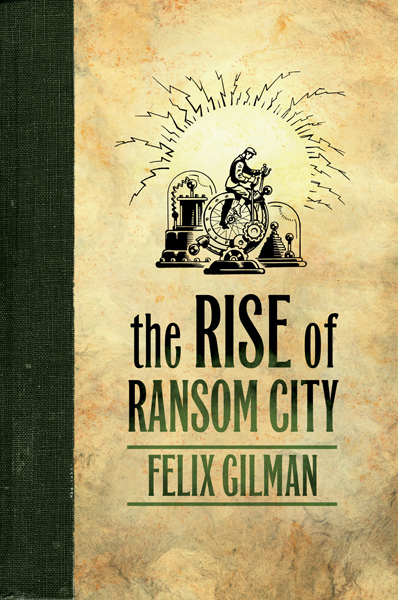The Lokapannatti (an 11th-12th Century Pali cosmological text) tells the story of Ashoka obtaining Buddhist relics from the underground vault of King Ajatasatru. Like all good dungeon treasures, this one is guarded--by robots; bhuta vahana yanta, literally "spirit movement machines." What's more, these robots are based on stolen Roman technology!
The thoroughness of this ancient text is such that it just doesn't drop a bomb like "Roman robots" and leave it at that. No, we get an origin story. See, Roma-visaya ("The Kingdom of Rome") has a class of skilled bahulayantakara ("machine-makers") who build these wonders for "commerce, agriculture, capturing, and executions." These engineers are kept under close watch so that Roman technological secrets don't fall into the wrong hands. If they leave the city, they're chased down by a flying beheading machine!
An Indian entrepreneur from Pataliputra wants to get ahold of these marvels so bad he vows on his deathbed to get reincarnated as a Roman. Amazingly, that is exactly what happens! He then marries the daughter of a Roman inventor and when the time is right, snags some blueprints from his father-in-law. This is where his plan gets really complicated: he writes the secrets down and has the paper sewn into his thigh. Then, he tells his son to have him buried back in India when he dies. He leaves Rome and the robot executioner gets him.
His son takes his body (and the stolen secrets) back to Pataliputra and goes into the robot-making business for the king. The robots are still active a hundred years later when Ashoka shows up to reclaim the lost treasure. Lucky for Ashoka, the Roman that built them is somehow still alive and tells him how they can be disabled.
I got this story from Relics of the Buddha by John S. Strong, and with further details from here. Not that something so rife with gaming potential needs solid academic sourcing! It's just one step from this legend to a robot arms race between India and Rome and mecha battles across Afghanistan!
Bhuta vahana yanta, go!
























































